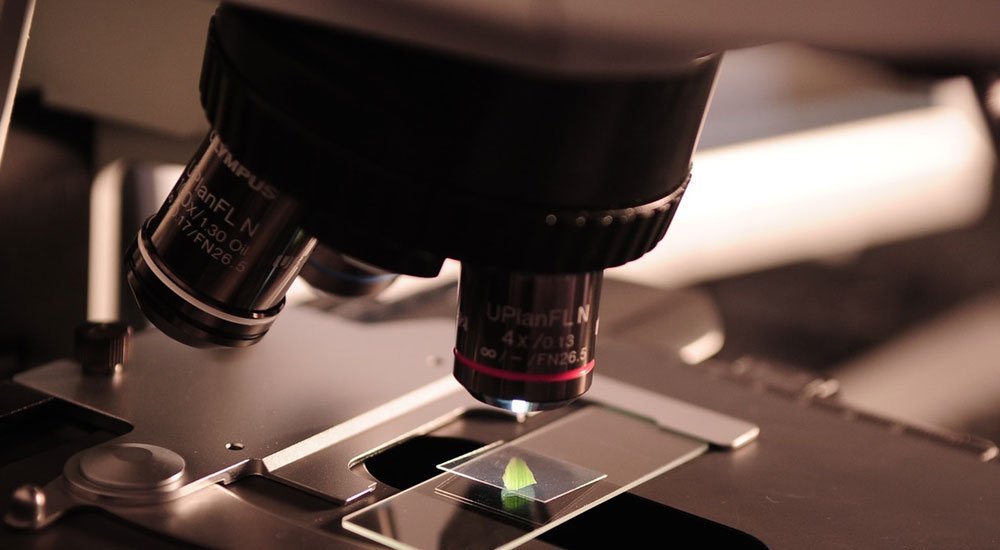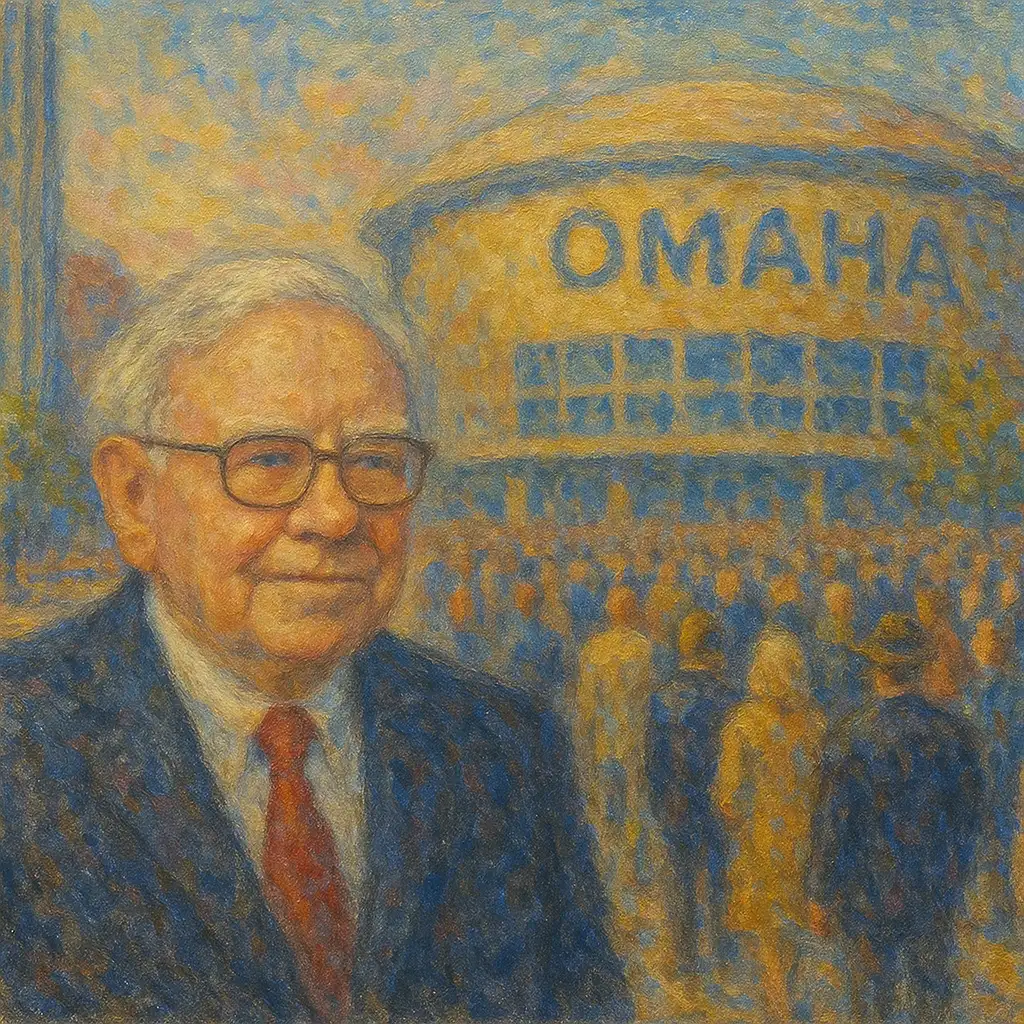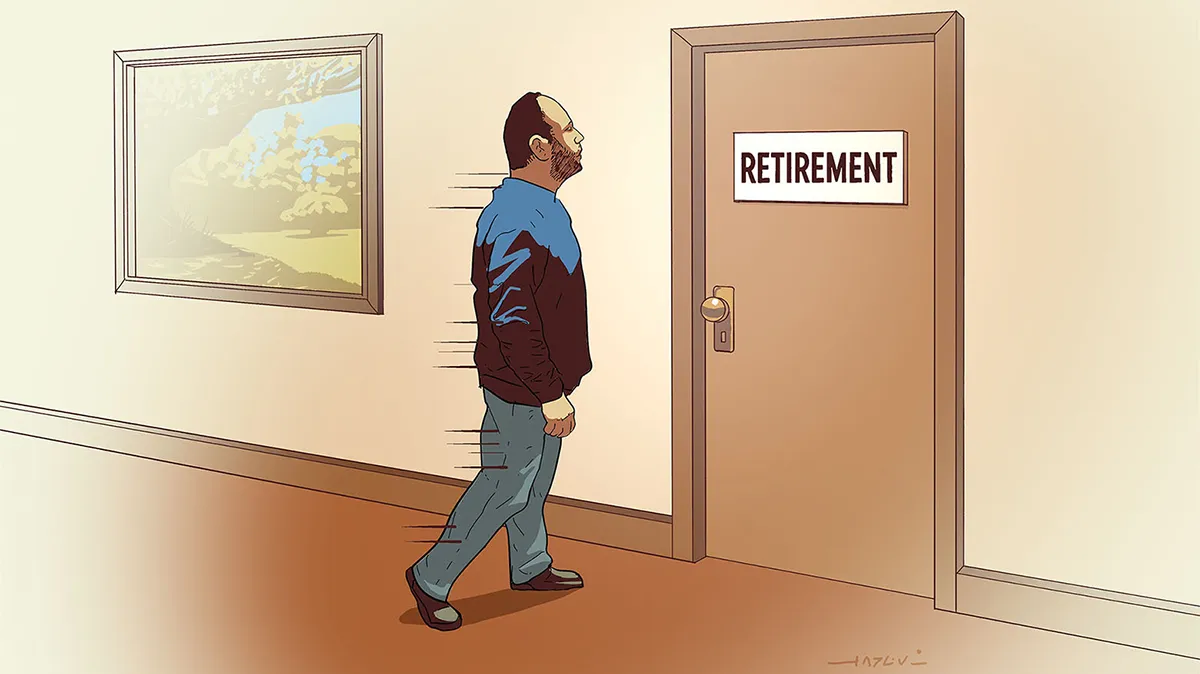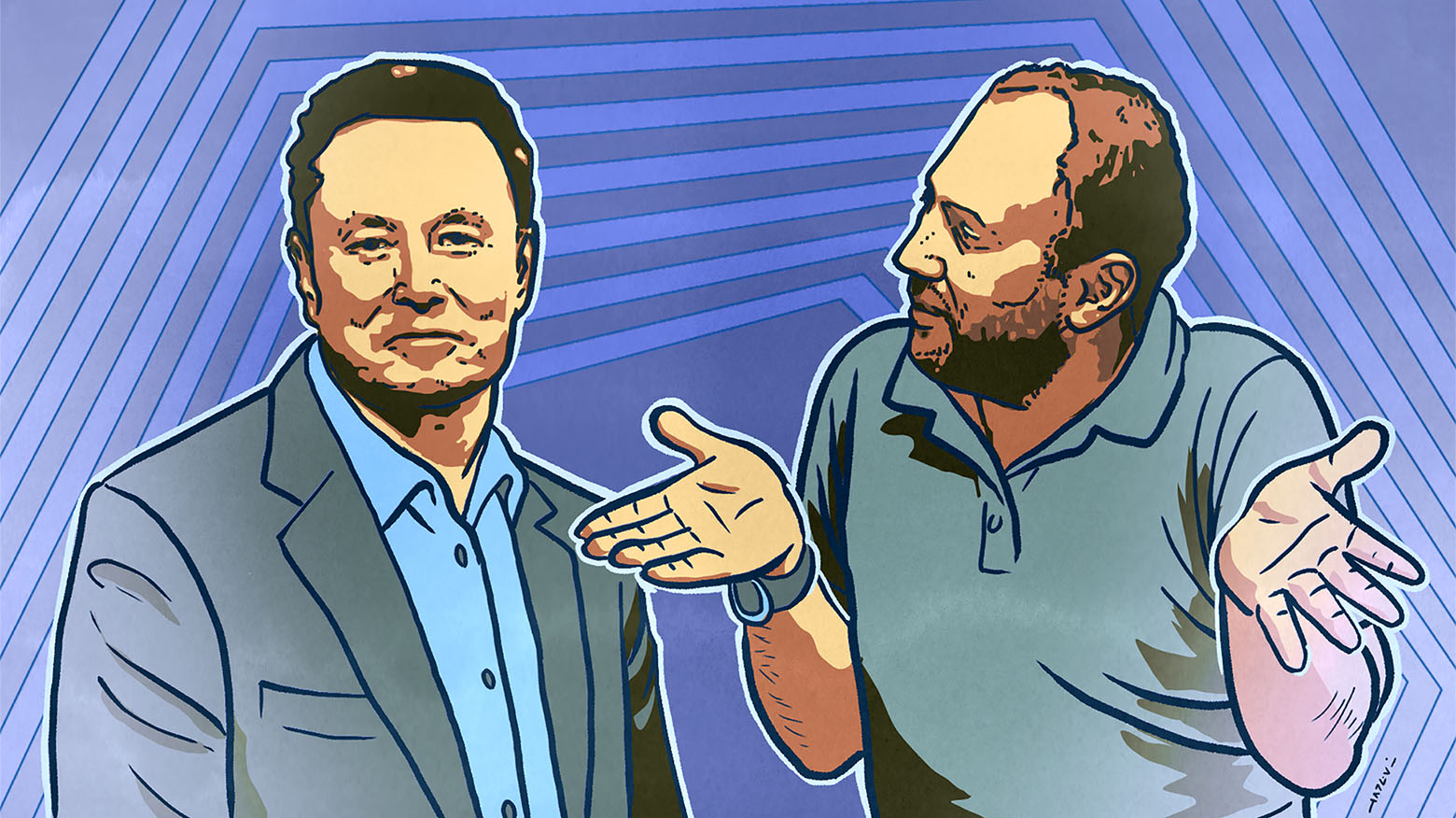A few months ago I wrote a long article about Gilead that I wanted to title “Gilead: Buy Hepatitis C, Get AIDS for free”. Today I want to flip that title backwards and call it “Gilead, Buy HIV, Get Hepatitis C for Free.”
We spent a lot of time this quarter talking to our colleagues in the investment industry, soliciting “the other side” argument for Gilead, trying to understand what we are missing about this stock. As we suspected most people cannot overcome the confluence of two business models inside one company: Gilead’s growing, annuity-like HIV business and the shrinking and ultimately finite Hep C business.
Let’s look at the HIV business first. It is a stable business that is growing about 6-8% a year in the developed markets: unfortunately, 4% more people get infected with HIV every year, and prices go up 2-4% a year. This business has substantial operational leverage (costs don’t grow as fast as revenues), thus 6-8% revenue growth should bring 8-10% earnings growth. Twenty years ago, AIDS was a death sentence; today it is an inconvenience. A person infected with AIDS today has a similar lifespan as a healthy person, but unfortunately for them (fortunately for GILD’s investors) they have to keep taking GILD’s medicine for the rest of their lives.
Gilead has several HIV drugs, which fall into one of two groups: TDF (tenofovir disoproxil fumarate)-based and TAF (tenofovir alafenamide)-based. Patents for TDF-based drugs expire over the next couple years; however, GILD recently came out with TAF drugs. They are as effective as TDF drugs but have a fraction of the toxicity – there are fewer signs of kidney injury and decreases in bone density. The market is slightly skittish about GILD’s ability to transition patients from TDF drugs to TAF drugs – we are not concerned.
Last year, we observed how a pharmaceutical company was able to successfully extend the life of its patents by shifting patients from a once a day regimen to a three times a week regimen of the same (chemically identical, just higher-dosage) compound. If pharmaceutical companies were able to pull off this farce and get insurance companies to pay for it, we have not doubt that Gilead will be able to convince governments and insurance companies to pay for new, much superior medicine. Patents for the company’s TAF-based drugs expire in 2030.
We took Gilead’s HIV revenues, subtracted all HIV-related costs of goods sold and all of the company’s R&D and sales expenses, and arrived at 2017 HIV earnings of close to $4.50. A high-quality business with very high recurrence of revenue that is growing 8-10% should trade at 15-17 times earnings or $67-76 a share – basically Gilead’s current stock price.
Valuing Gilead’s hepatitis C business is a bit trickier. With every patient cured the market declines by one patient. Thankfully for society’s sake, hepatitis C is not a growing market (at least in developed countries). Our estimate of the value of the hepatitis C business is somewhere between $70 to $120 per share, depending on pricing and number of patients cured.
Also, even though we expensed GILD’s R&D when we arrived at the company’s HIV earnings, we have not given GILD any benefit for future drugs that $3 billion spent annually will deliver in the future.
The market has a hard time digesting a stock whose overall earnings may decline from $13 a share in 2015 to $11, maybe even $10, over the next year or two. In many respects Gilead reminds us of Apple. Just like Apple, whose products can fit on one table, the bulk of Gilead’s revenue comes from a handful of products.
Just like Apple, whose stock was punished when iPhone sales declined in 2016 because they were up 50% in the previous year (and thus stole sales from 2016 and 2017), Gilead’s initial sales of Hep C drugs benefited from incredible pent-up demand from sick people who waited years for this miracle drug. Gilead over earned in 2015, and today its earnings power is closer to $11 a share, not $13. As we continued in our attempts to kill GILD’s business during the quarter, we simply failed to do so.









0 comments